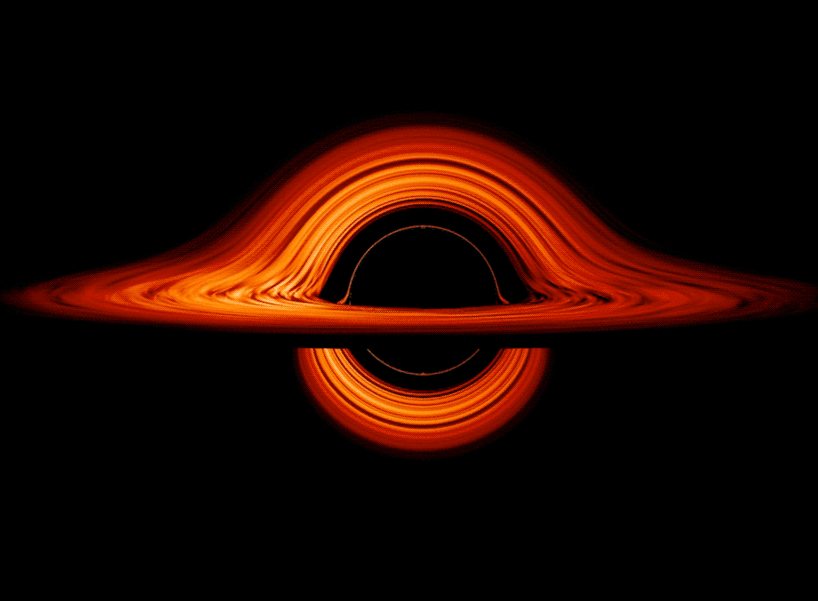
We also explore the feasibility of adding small orbiting dishes to the EHT, and develop orbital optimization tools for space-based VLBI imaging.

We develop tools for optimizing the positions of new dishes in planned arrays. The EHT already contains many highly sensitive dishes, including the crucial Atacama Large Millimeter/Submillimeter Array (ALMA), making it viable to add smaller, cheaper telescopes to the array, greatly improving future capabilities of the EHT. The imaging quality of the EHT is largely dependent upon the sensitivity and spatial frequency coverage of the many baselines between its constituent telescopes. The Event Horizon Telescope ( EHT) is a multinational Very Long Baseline Interferometry (VLBI) network of dishes joined to resolve general relativistic behavior near a supermassive black hole. Palumbo, Daniel Johnson, Michael Doeleman, Sheperd Chael, Andrew Bouman, Katherine Next-generation Event Horizon Telescope developments: new stations for enhanced imaging We will search for flares and hotspots, provide priors for EHT image reconstruction, and track any activity associated with the closest approach of the massive star S0-2. This campaign will double our chances of simultaneous flares. In anticipation of a follow-up campaign in 2018, we are requesting 4x33 ks Chandra observations of Sgr A* to be coordinated with EHT. As Sgr A* is a well-known source of X-ray flares, coordinated Chandra/ EHT observations offer an incredible opportunity: a chance to observe structures (e.g., hotspots) near the event horizon while tracking their high-energy variability. In April 2017, the Event Horizon Telescope will observe Sgr A* with imaging quality sufficient to resolve the shadow of the black hole, while providing a close-up view of accretion at the horizon.

Action at the Horizon: Chandra/ EHT Observations of Sgr A*


 0 kommentar(er)
0 kommentar(er)
